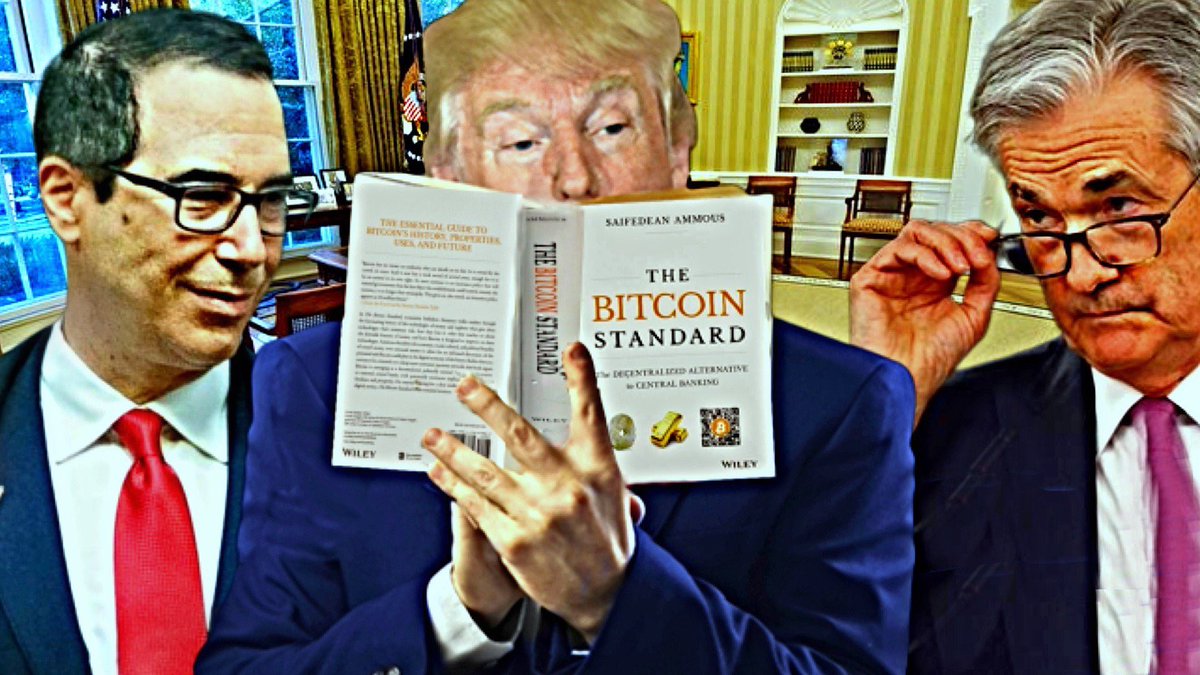podcasts.apple.com/us/podcast/the…
ncbi.nlm.nih.gov/core/lw/2.0/ht…
Insulin influences glucose uptake in muscle and fat via GLUT4.
Liver and pancreas are both distinguished by taking up any rise of glucose above basal levels without the help of insulin.
It doesn’t make any sense that the liver has too much glucose because of insulin.
The liver taking up glucose is what prevents the pancreas from making insulin in the first place.
I 100% agree. High ATP will decrease glucose intake partly through that mechanism.
But why is he so focused on glucose when you can make ATP from fat too?
True, but even in Fung’s explanation this should be focused on lowering ATP (and, I would add, other signals of energy status like citrate, ATP/ADP ATP/AMP and NADH/NAD+ ratios).
Fasting does that too.
He explains this by saying that not taking in glucose protects cells, which I also agree with.
However these cells also stop holding fat.
And it is fatty acids that aren’t stored in adipose tissue that contribute most to metabolic dysfunction.
I agree the cell is protecting itself but it isn’t all about glucose.
But these are defects in storing fat. Fat, not glucose, winds up in the liver and causes dysfunction.
However, this is not about total-body glucose but blood glucose. Too much glucose in the blood can kill you just by osmotic effects, apart from stuffing too much into your brain.
But what caused it? Not specifically glucose or insulin. Energy overload, including fat.
It’s more complicated than inflammation being good or bad.
Antibiotic resistance is caused by selective pressure causing non-resistant bacteria to die.
They really are not even slightly analogous.
I addressed that here: chrismasterjohnphd.com/blog/2016/08/2…
However, I don’t think he goes far enough in pointing out the full multitude or the degree of overlap.
It responds to a handful of amino acids. For methionine, it specifically responds to SAMe, which is methionine activated by ATP.
Excess SAMe is buffered by glycine, which is most abundant in skin and bones.
Acetyl groups.
During the fed state, citrate rises and this supplies cystosolic acetyl CoA, which becomes the source of nuclear acetyl groups.
Acetylation of the nuclear genome turns off autophagy genes and turns on antioxidant and repair genes.
That makes complete sense to me.
He said that it’s probably not harmful either.
I agree with some limited qualifiers.
I think some lean healthy people use Fung’s work to use fasting themselves but I don’t hear him calling out for healthy lean people to do so.
Where does that become practical?
In the recognition that insulin, acetylation, and other fed-state signals promote defense against ROS and glycation, and repair of damaged tissues.
By not acknowledging these pathways as resistant in the overfed state, the need to return to a healthy fed state gets lost.




